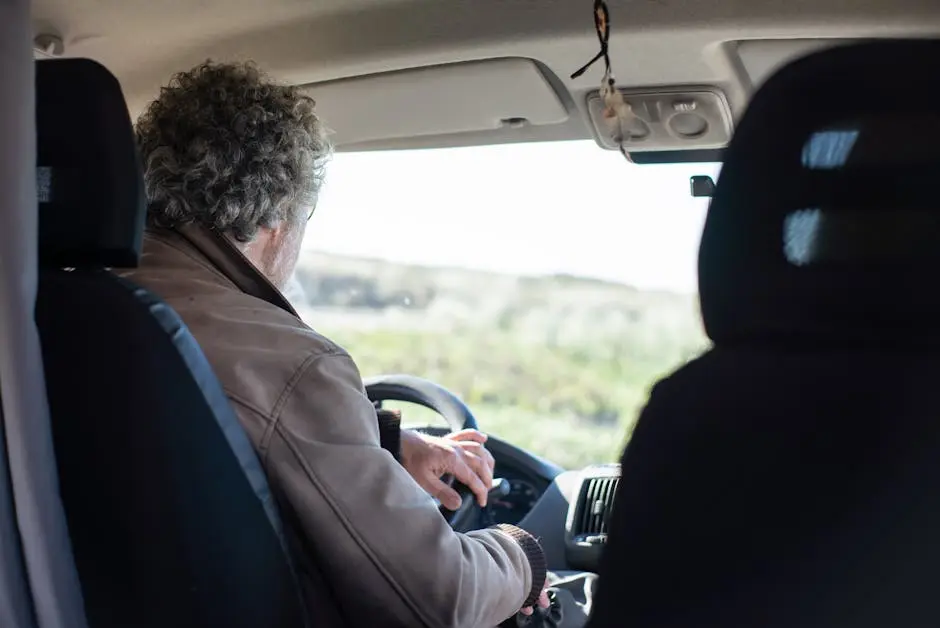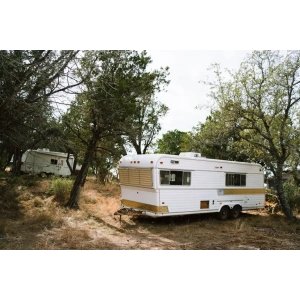Preparing your RV for a deep sea fishing adventure can set the stage for an unforgettable experience. Whether it’s ensuring you have the right gear, supplies, or planning your trip properly, there are several key factors to consider. Let’s dive into the steps to get your RV ready for a fishing trip on the beautiful lower coast.
Step 1: Assess Your RV’s Condition
Before anything else, inspect your RV’s overall condition. Look for any maintenance issues, check the tires, brakes, and fluid levels. Ensure your RV is road-trip ready!
Don’t forget to test all essential systems, such as the power supply and plumbing. Those systems must be functional to guarantee your comfort during the trip. Imagine pulling into your fishing spot only to find the water heater doesn’t work!
A clean RV can make a significant difference too. Take some time to declutter the interior and remove any unnecessary items. You’ll be glad to have extra space for your fishing gear and supplies.
Additionally, double-check the weight distribution in your RV. Properly loading your gear ensures better handling while driving, which is crucial for a safe adventure on the open road.
Step 2: Organize Your Fishing Gear
Gather all your fishing gear, including rods, tackle boxes, and bait. Organize them in a way that’s easily accessible during your fishing outings.
Consider using clear storage bins to keep your tackle organized. This not only saves time searching for items but also protects your gear from the salty sea air. Have a plan for where each item will be stored, so your fishing essentials are close at hand.
Don’t forget to bring a fishing net and any tools you may need for baiting hooks or removing fish. If you’re planning on catching larger species, a sturdy cooler for storage and ice is a must!
Invest in quality tackle boxes that are waterproof. This ensures your lures, hooks, and other equipment remain dry and functional, ready to reel in those big catches.
Step 3: Pack Essential Supplies
In addition to your gear, pack vital supplies like food, water, sunscreen, and first aid kits. Having everything on board will make your adventure more enjoyable.
Think about meals you’ll need for your trip. Easy-to-pack snacks are ideal! Consider bringing perishable items like fruit and sandwiches in a cooler, but don’t forget your protein bars for those quick bites while waiting for a nibble on your line.
Drinks are equally important! Hydration while fishing is crucial. A mix of water and refreshing drinks will keep spirits high as you enjoy the sun and surf.
Beyond food and hydration, be sure to pack bug spray. Mosquitoes can be quite a nuisance when you’re trying to relax or focus on fishing!
Furthermore, having a well-stocked first aid kit can prove invaluable. Accidents happen, and being prepared means you can handle minor injuries quickly.
Step 4: Plan Your Route and Destination
Research and choose your fishing destination along the lower coast. Plan your route to include rest stops and possible campgrounds to ensure a smooth journey.
Consider downloading fishing maps or apps that provide information on the best spots and recent catches. Many fishing enthusiasts share tips that can lead you to your next big haul!
Factoring in travel time is key. Long stretches of driving can wear you out before the fishing even starts, so be sure to break up your trip with fun stops or scenic views.
Moreover, keep an eye on weather conditions. Knowing what to expect can help you pack accordingly and prepare for any potential changes in plans. If storms are rolling in, you want to make sure you’re safely docked before they hit.
Step 5: Familiarize Yourself with Local Regulations
Before you set out, check local fishing regulations. Knowing the rules about licensing, gear restrictions, and catch limits will keep you compliant and enhance your fishing experience.
Local regulations may vary significantly, so understanding them can save you from costly fines. Websites, local bait shops, or even fellow fishermen can provide necessary insights.
Understanding species regulations is also vital. Some areas may have seasonal restrictions for certain fish. Knowing what you can legally keep will allow you to fish responsibly.
Lastly, consider participating in local catch-and-release programs. These practices help conserve fish populations while ensuring that you enjoy fishing today and in the future.
Final Thoughts on Preparing Your RV for Deep Sea Fishing
By following these steps, you’ll be well-equipped and ready to enjoy a fantastic deep sea fishing adventure from your RV. It’s all about preparation, so take your time to ensure everything is in place before you hit the waves!







